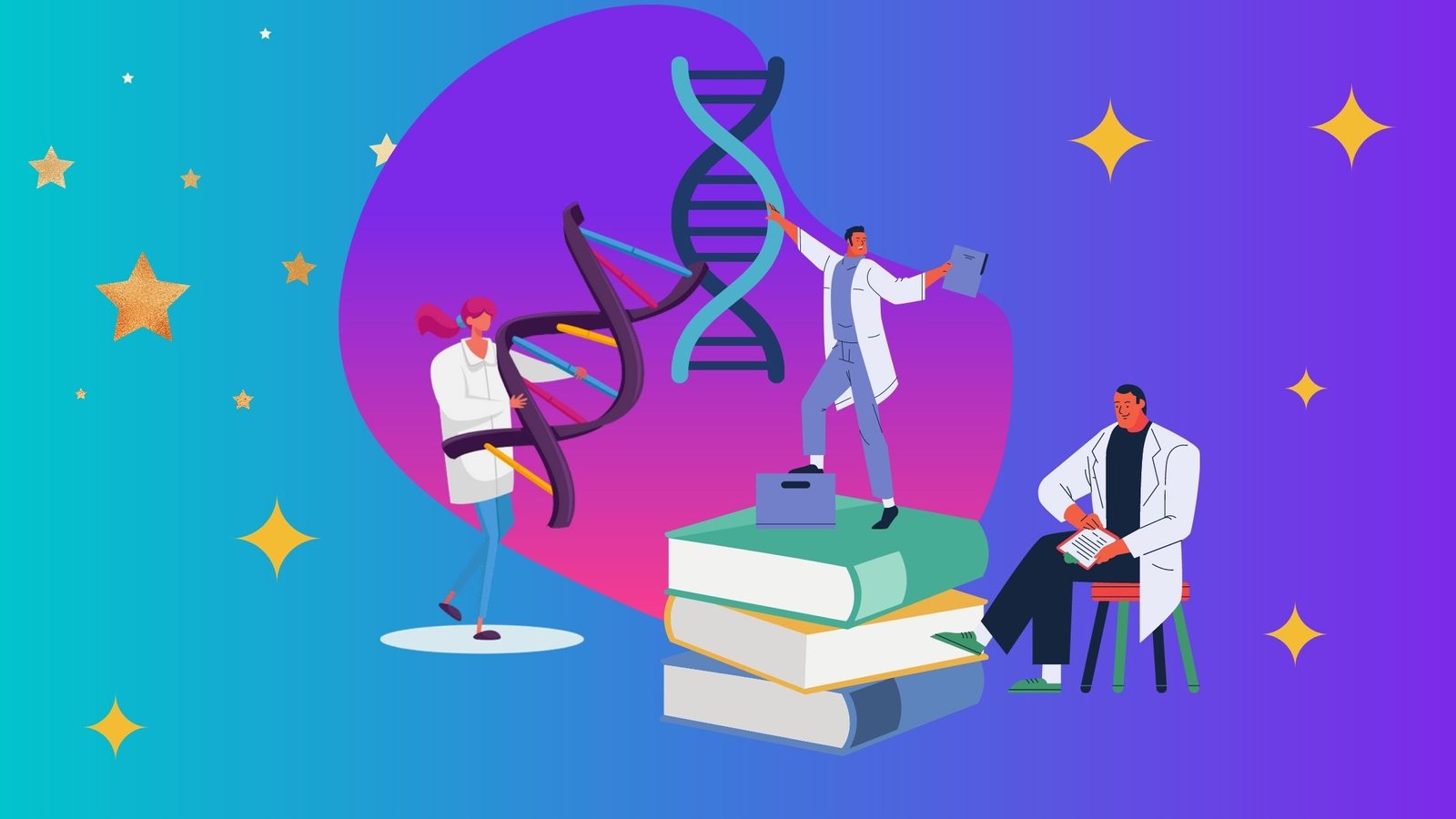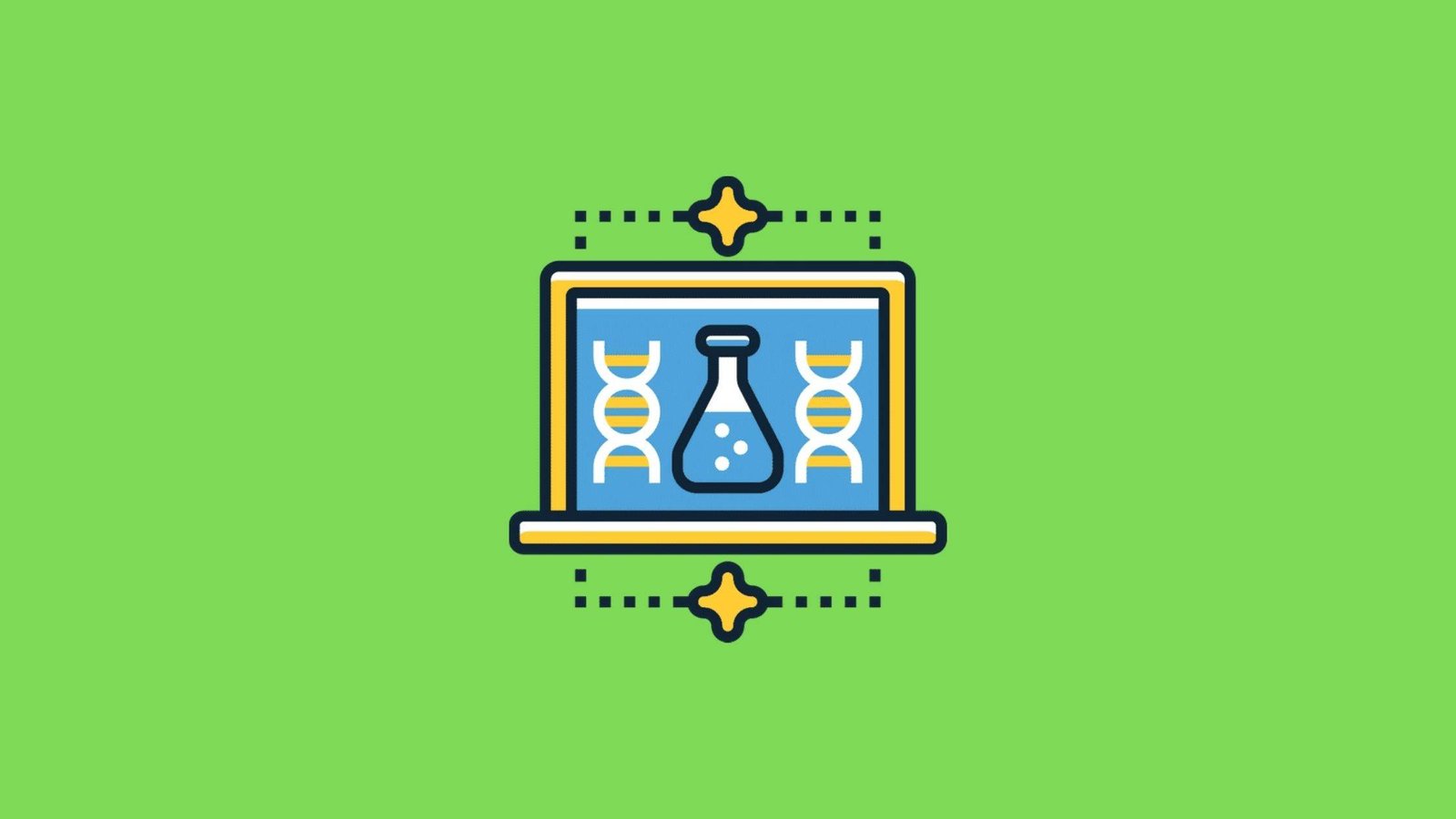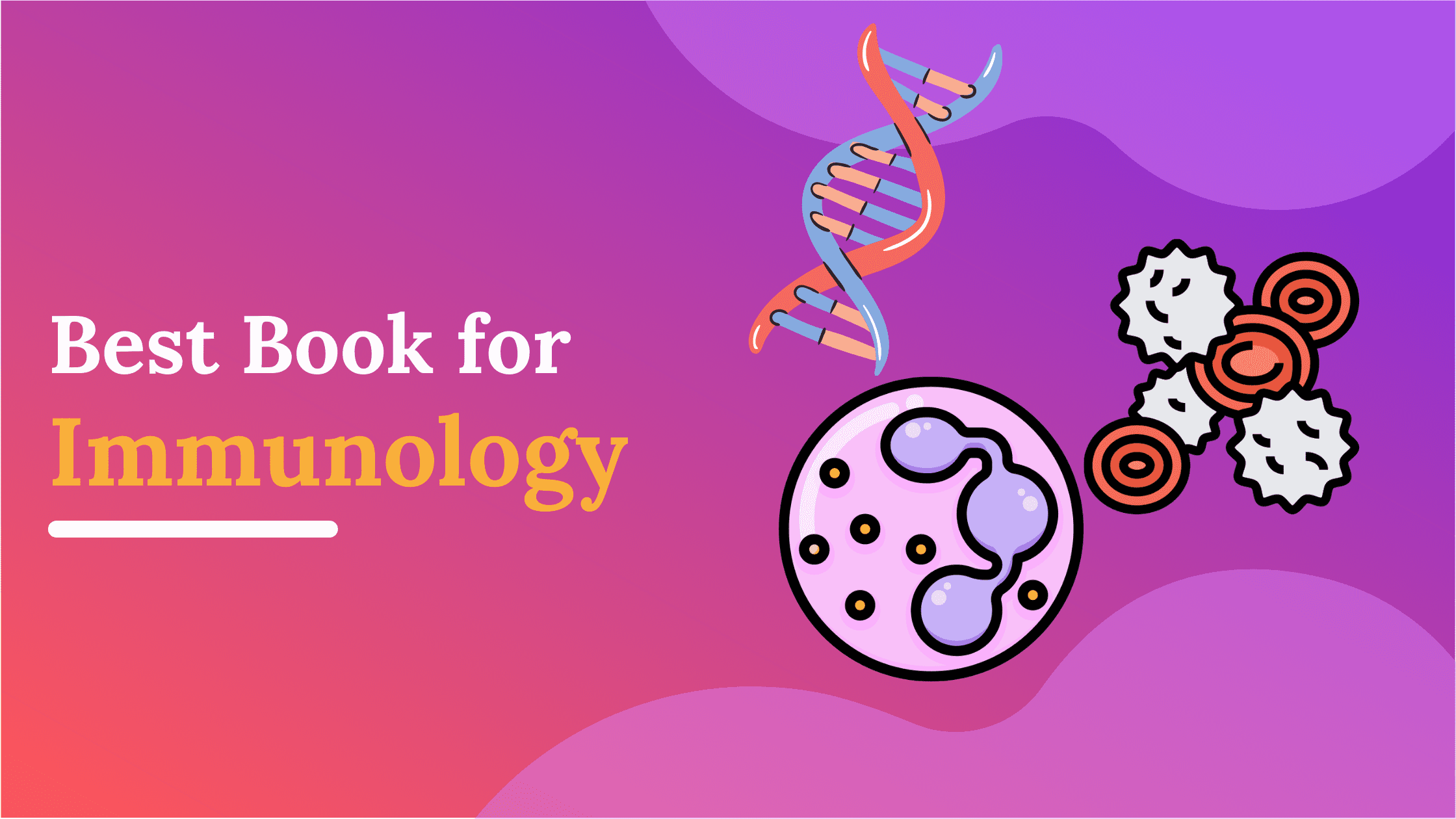11 Best books for Advances in Microbiology (Practical)
This collection of diverse articles by the pioneers of modern genomics takes stock of the current state of the field and elucidates the contribution that sequencing genomes has made to our understanding of microbial metabolism and evolution.







